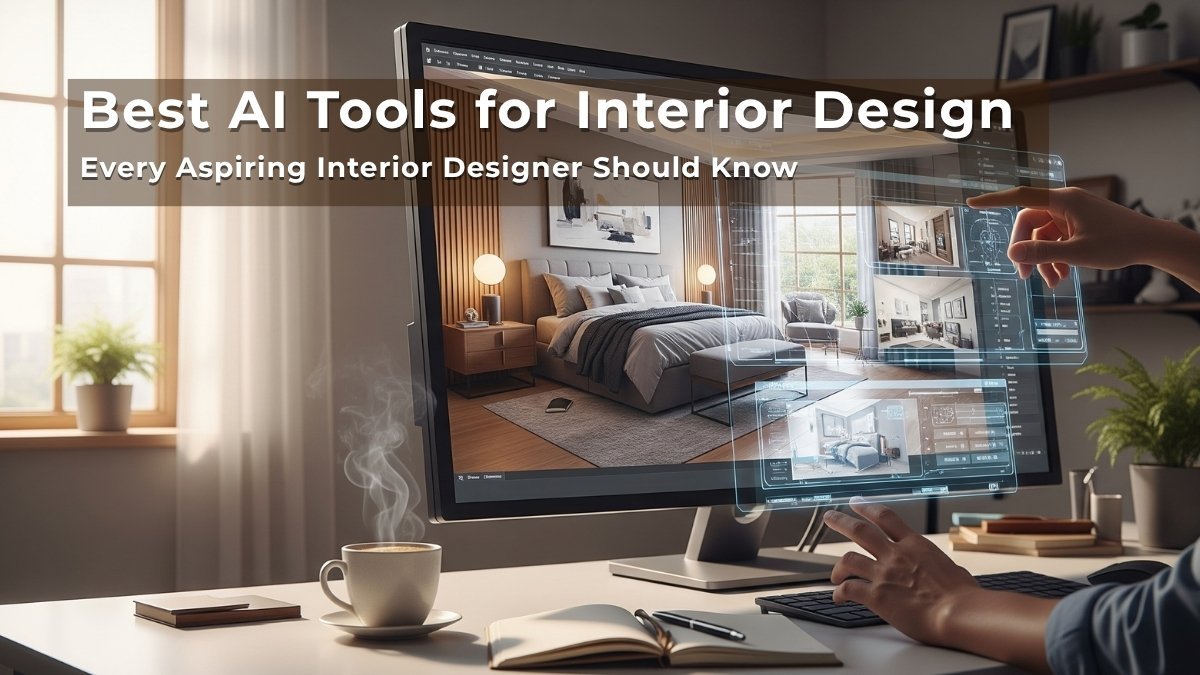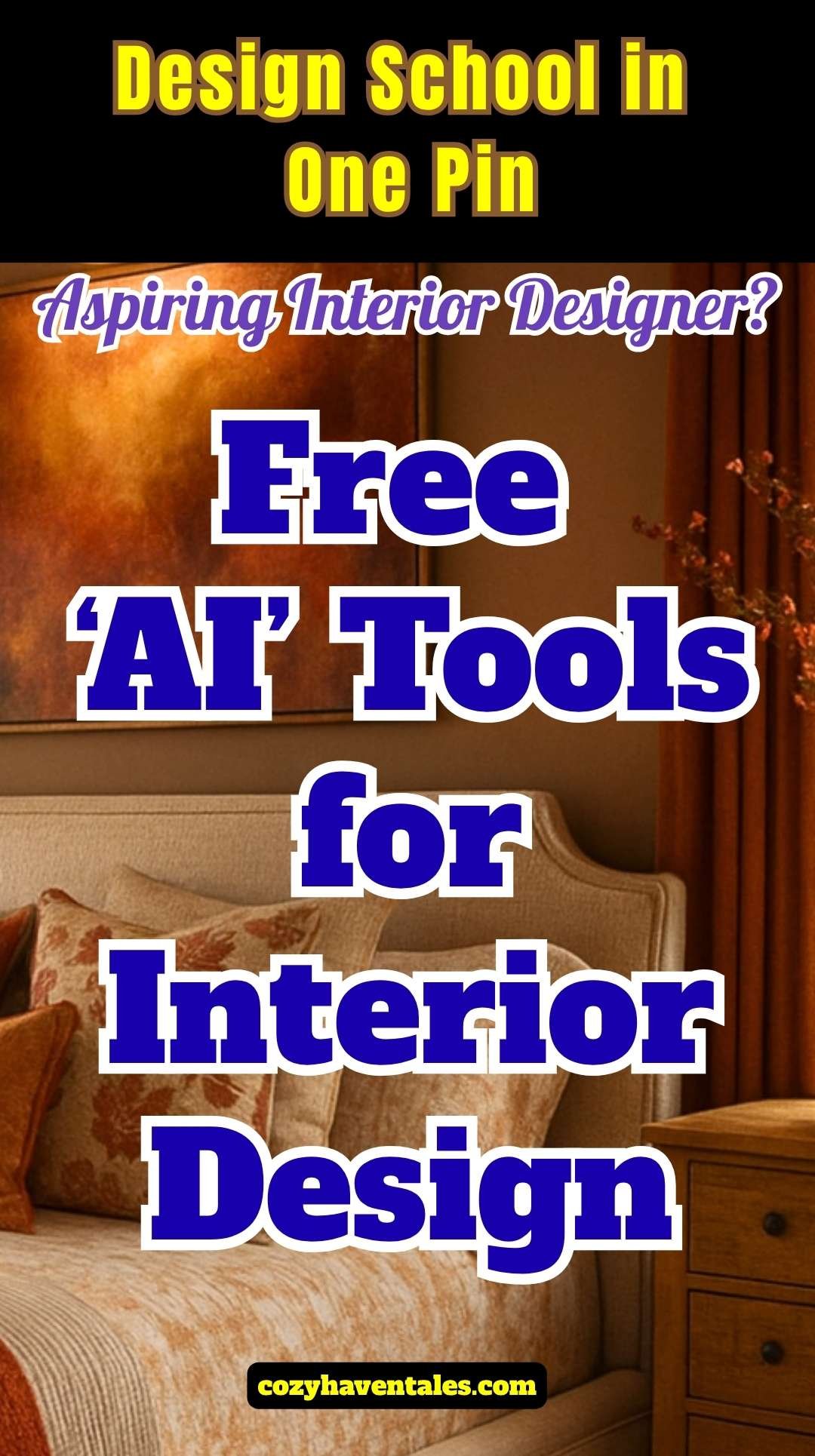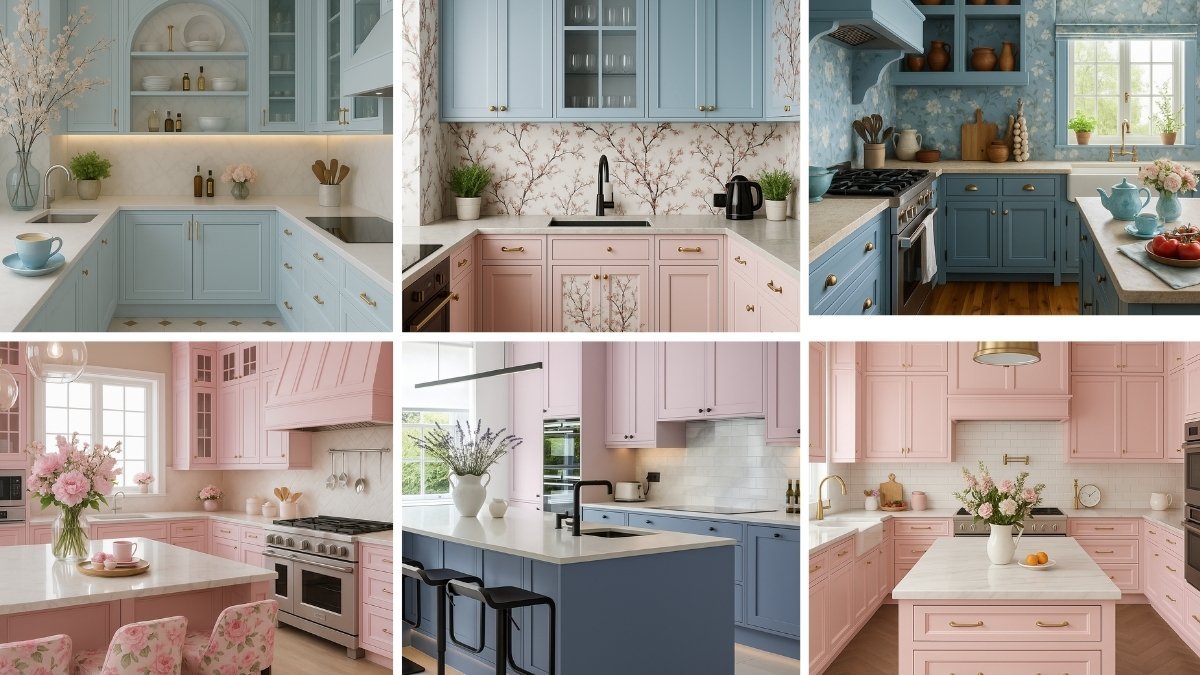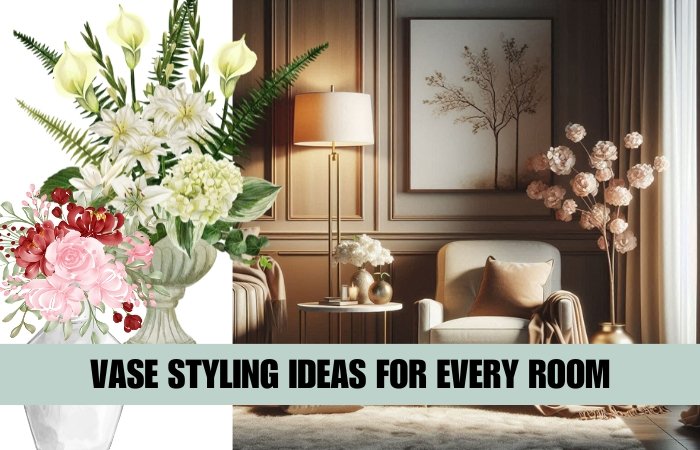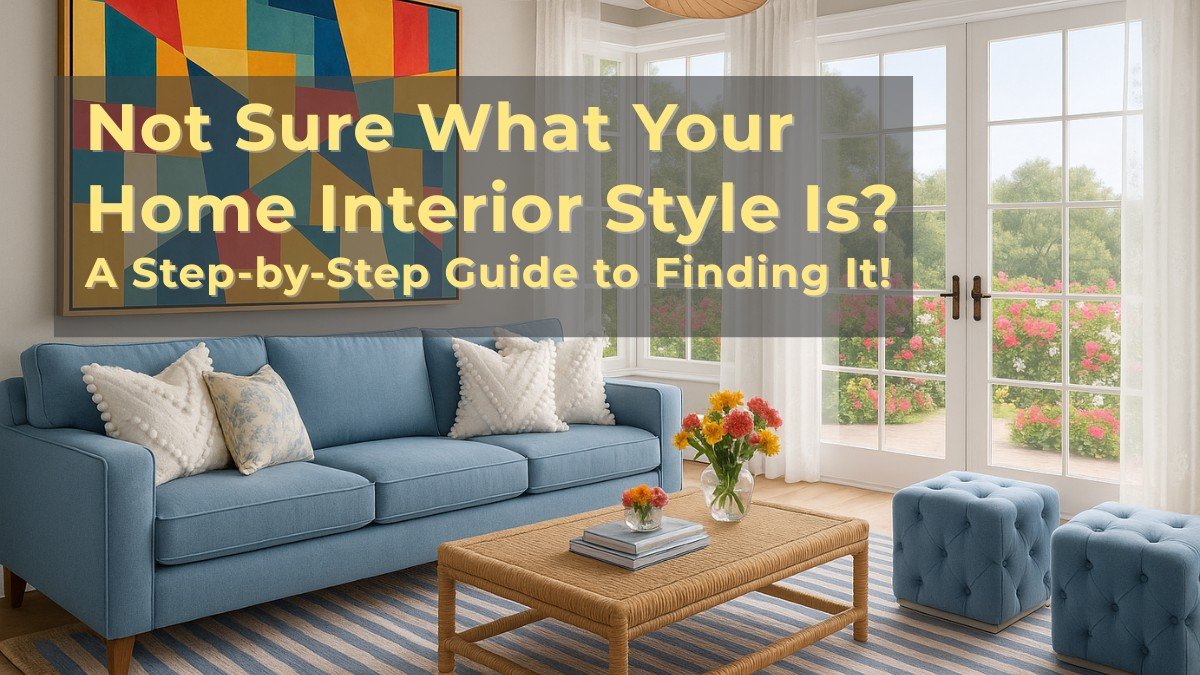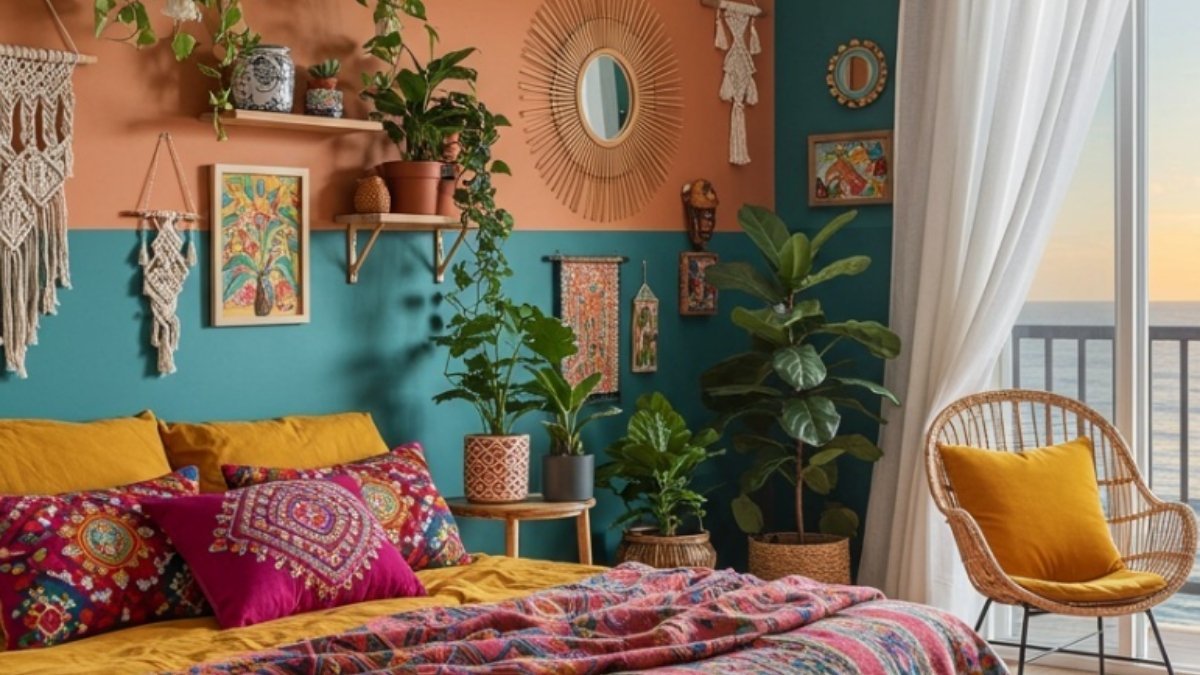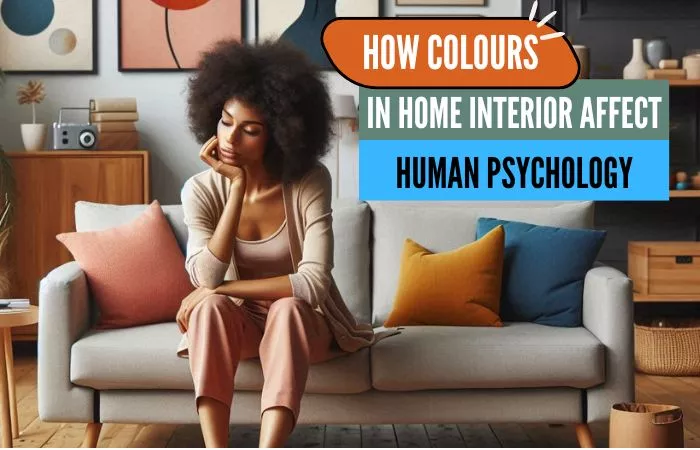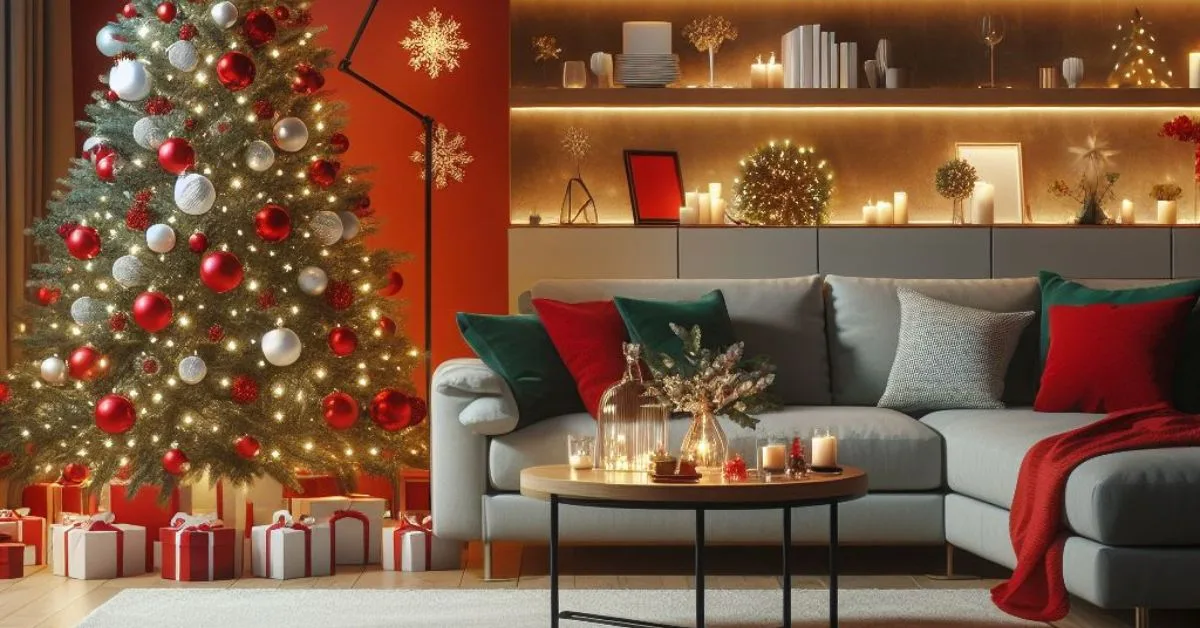The Best AI for Interior Design – Free Tools for New Designers
This post is part of our series: For Aspiring Interior Designers
When I started my interior design journey in 2005, tools like Pinterest didn’t exist—or at least, I wasn’t aware of them. Most of my ideas lived in sketchbooks, folders, and magazine clippings. Things were more manual, and learning was slower.
Today, the landscape is completely different. If you’re starting now, you have access to AI tools that can speed up your learning, help you experiment with styles, and present your ideas professionally—often without spending anything.
If you’re just starting out, these free tools represent the best AI for interior design—helping you with concept creation, layout planning, client communication, and even inspirational image generation.
Related Articles:
- How to Train Your Eye for Good Interior Design: A Beginner’s Guide
- Principles of Interior Design to Make a Room Feel Just Right
- Color Psychology in Interior Design: A Beginner’s Guide
Free Best ai for interior design
1. ChatGPT by OpenAI (Free Plan)
Best for: Brainstorming, learning design concepts, writing, and client communication
ChatGPT is like having a design tutor, writing assistant, and client coach rolled into one. Whether you need ideas for a coastal-themed living room or help writing your first client proposal, it’s a great place to start.
Use it for:
- Quick explanations of design terms and styles
- Writing room descriptions, bios, or captions
- Practicing email communication with clients
- Creating blog post or portfolio content
💡 Prompt tip: “Suggest color schemes for a Japandi-style studio apartment with lots of natural light.”
Suggested Article: 7 Visual Examples of Elements of Design in Interior Design
2. Bing Image Creator (Free with Microsoft account)
Best for: Creating concept visuals with simple prompts
Bing Image Creator is powered by OpenAI’s DALL·E model and lets you generate 100% free AI images. All you need is a Microsoft account. You can type in interior design prompts like “Japandi living room with soft beige tones and natural textures,” and it will generate four visual interpretations.
Use it to:
- Experiment with different room styles and materials
- Visualize furniture combinations
- Create images for blog posts, portfolios, or social media
🖼️ While it’s not as high-end as Midjourney, it’s fast, easy to use, and perfect for beginners who want to practice prompt writing and get visual inspiration.
3. Canva AI (Free Plan)
Best for: Mood boards, presentations, portfolio layouts, social media design
Canva’s AI features like Magic Design and Magic Write make it easy to create professional-looking content—even if you don’t have a graphic design background.
Use it to:
- Build your design portfolio
- Create mood boards for different styles
- Draft content for Instagram or Pinterest
- Present ideas visually in client meetings
🛠 Pair it with Remove.bg to cut out product images for clean boards.
4. Interior AI (Free Basic Access)
Best for: Room transformation previews using AI-generated images
Upload a photo of a space, choose a style (like Bohemian, Minimalist, or Rustic), and the tool reimagines the room in that style. It’s ideal for training your eye and building visual references.
Use it for:
- Seeing how different styles apply to the same space
- Creating before-after concepts for your practice portfolio
- Generating styling ideas for real client rooms
⚠️ Note: Quality may vary. It’s best used for inspiration, not final presentation.
5. Planner 5D (Free Tier)
Best for: Layout planning in 2D and 3D
Planner 5D helps you design floor plans, arrange furniture, and view your work from different angles. Even the free version is great for practicing layout thinking and furniture scaling.
Use it for:
- Building 2D/3D layouts for practice or portfolios
- Understanding circulation space and balance
- Screenshotting sample rooms in various design styles
📱 Mobile-friendly and beginner-friendly.
6. Remove.bg (Free for Low-Res)
Best for: Creating images for boards, client decks, or Instagram
Remove.bg lets you erase the background of any image with one click—perfect when you want to showcase a chair or lamp on a neutral canvas.
Use it for:
- Product cut-outs for mood boards
- Creating consistent visual content
- Designing clean templates in Canva or Figma
🎯 Works well for branding, especially on social platforms.
7. Prompt Builders for AI Image Tools (e.g., Lexica, PromptHero)
Best for: Practicing prompt writing for visual design tools
Even though Midjourney is no longer free, you can use free prompt builder websites like Lexica.art, PromptHero.com, or Krea.ai to learn how prompts are structured. It’s a valuable skill if you ever plan to use AI for concept imagery.
Use these tools to:
- Understand visual vocabulary (e.g., “arched windows with moody lighting”)
- Explore how designers describe textures, lighting, and layout
- Prepare for using paid AI tools in the future
📌 Great for boosting creativity and learning to communicate design ideas clearly.
8. Krea.ai (Free with limited usage)
Best for: Generating photorealistic room visuals from prompts or sketches
Krea lets you turn a design idea into an AI-generated image—whether it’s a text prompt or a hand-drawn sketch. It’s one of the few tools that give you stylistically on-trend rooms.
Use it for:
- Visualizing your ideas in a professional-looking way
- Exploring different color palettes or styling choices
- Creating concept images for your design blog or Instagram
🎨 Try prompts like: “Scandinavian bedroom with light oak floors, linen curtains, and warm lighting.”
Best ai for interior design (Paid but Worth Exploring)
While the tools listed above are free, once you’re ready to take things a step further, these paid AI tools for interior design offer even more visual and creative possibilities.
9. Midjourney
Best for: Photorealistic, editorial-style interiors
Midjourney generates some of the most visually striking AI images available. It works through Discord and requires a paid subscription, but if you’re serious about building high-end mood boards, concept visuals, or client proposals—it’s worth considering.
Why it stands out:
- Rich lighting and texture control
- Excellent for stylized concepts (Modern Farmhouse, Japandi, Tuscan, etc.)
- Stunning detail that looks like magazine spreads
💰 Plans start at $10/month
10. ChatGPT + Sora (Image Tool for Plus Users)
Best for: Quick concept images with text-based prompts
If you’re already a ChatGPT Plus subscriber, you get access to image generation via Sora. It’s beginner-friendly, works inside the same chat interface, and is perfect for blog visuals, Etsy mockups, or idea exploration.
Why it stands out:
- Fast and simple image creation
- You can iterate and refine in conversation
- Great for bloggers, creators, and small product designers
💰 Available with ChatGPT Plus ($20/month)
💡 Frequently Asked Questions (FAQ)
For beginners, ChatGPT and Canva are great starting points. ChatGPT helps with idea generation, learning design terms, and client communication, while Canva helps with mood boards and presentations. Both are beginner-friendly and free to use.
Yes, AI tools can support interior designers in many ways—from generating room layouts and color palettes to creating realistic concept images and writing project notes. While AI can’t replace a designer’s creativity, it can save time and enhance presentations.
No, Midjourney is a paid tool. It no longer offers a free trial, and you’ll need a subscription to use it. However, it produces some of the most realistic and artistic interiors through detailed AI prompts.
If you’re looking for free AI image generation, Bing Image Creator and Krea.ai (free tier) are good alternatives. They allow you to test visual prompts and generate interior images without paying.
Not at all. Most tools like ChatGPT, Canva, and Bing are beginner-friendly and require no design software experience. You just need clear ideas and simple prompts to get started.
Planner 5D is a great free tool for designing simple 2D and 3D floor plans. It’s especially useful for practice, layout testing, and basic spatial planning.
Final Thoughts
As an aspiring interior designer, your creativity is your biggest asset—but pairing it with the right tools makes all the difference. These free AI tools can help you practice, learn faster, and present your ideas with clarity and confidence.
You don’t need to wait for the “right time” or the “perfect software.” With just these free tools, you can start building your style, your voice, and your portfolio today.
